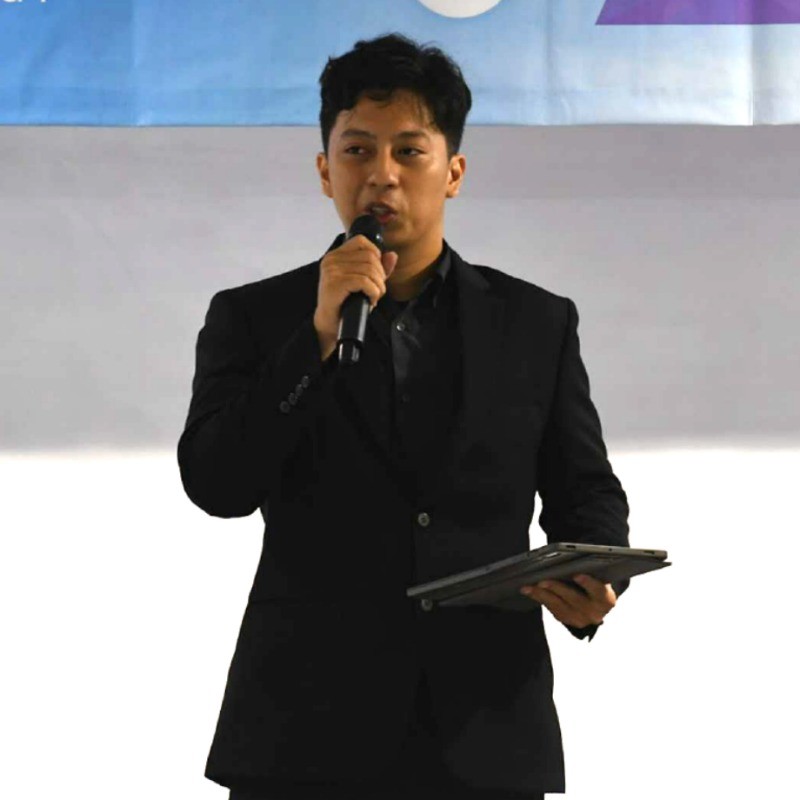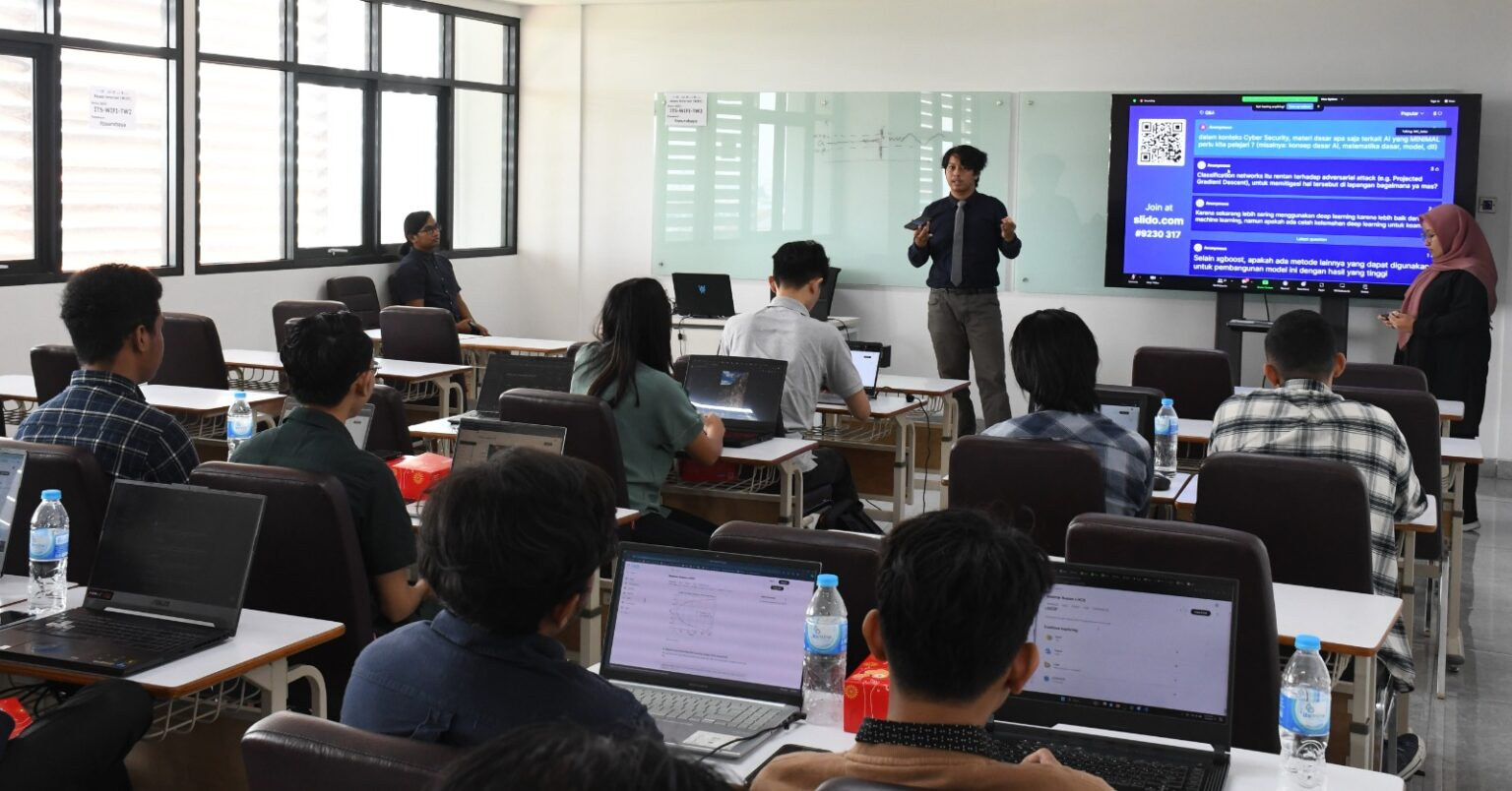AI Experts Share Insights on Autonomous Intrusion Detection at ITS Guest Lecture
The Department of Information Technology at the Institut Teknologi Sepuluh Nopember (ITS) hosted a hybrid guest lecture featuring two leading voices in AI and cybersecurity: Kevin Putra Santoso, CEO of Avalon AI, and Fawwaz Razani, first-place winner of the UWSP Pointer Overflow CTF competition.

Written by Kevin Putra Santoso
Published Sep 12th, 2023

Guest Lecture at ITS
The Department of Information Technology at the Institut Teknologi Sepuluh Nopember (ITS) hosted a hybrid guest lecture featuring two leading voices in AI and cybersecurity: Kevin Putra Santoso, CEO of Avalon AI, and Fawwaz Razani, first-place winner of the UWSP Pointer Overflow CTF competition.
Titled “Designing Robust and Autonomous Network Intrusion Detection Systems with Deep Learning”, the session explored the intersection of cybersecurity and artificial intelligence, shedding light on how modern AI approaches can tackle the evolving landscape of digital threats.
Hands-On Topics
Participants—attending both in-person at Tower 2 ITS and online—were guided through hands-on topics such as:
- Using Wireshark to extract and analyze network packet data,
- Feature extraction from Wireshark datasets using Kitsune’s KitNET module,
- Designing machine learning and deep learning models to classify types of cyberattacks,
- Leveraging Generative Adversarial Networks (GANs) for data augmentation to improve detection robustness.
The Urgency of Cybersecurity
The discussion was set against the backdrop of an alarming rise in the complexity and frequency of cyberattacks worldwide. As digital infrastructure expands, so too do potential attack vectors—posing unprecedented challenges to data protection and information security. Industry forecasts underscore the urgency: Cybersecurity Ventures estimates that global cybercrime costs will skyrocket in the coming years, while the World Economic Forum has ranked cybercrime among the top global risks. Exacerbating the issue is the stark reality that less than 25% of cybercrimes are ever reported to law enforcement.
“To combat cyber threats effectively, we must evolve beyond static defenses and design systems that learn, adapt, and anticipate,” said Kevin during his presentation.